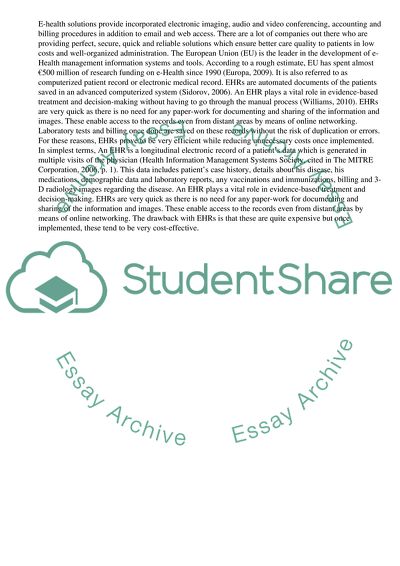Cite this document
(Management of Information Systems Research Paper, n.d.)
Management of Information Systems Research Paper. Retrieved from https://studentshare.org/management/1743169-management-information-system
Management of Information Systems Research Paper. Retrieved from https://studentshare.org/management/1743169-management-information-system
(Management of Information Systems Research Paper)
Management of Information Systems Research Paper. https://studentshare.org/management/1743169-management-information-system.
Management of Information Systems Research Paper. https://studentshare.org/management/1743169-management-information-system.
“Management of Information Systems Research Paper”, n.d. https://studentshare.org/management/1743169-management-information-system.


